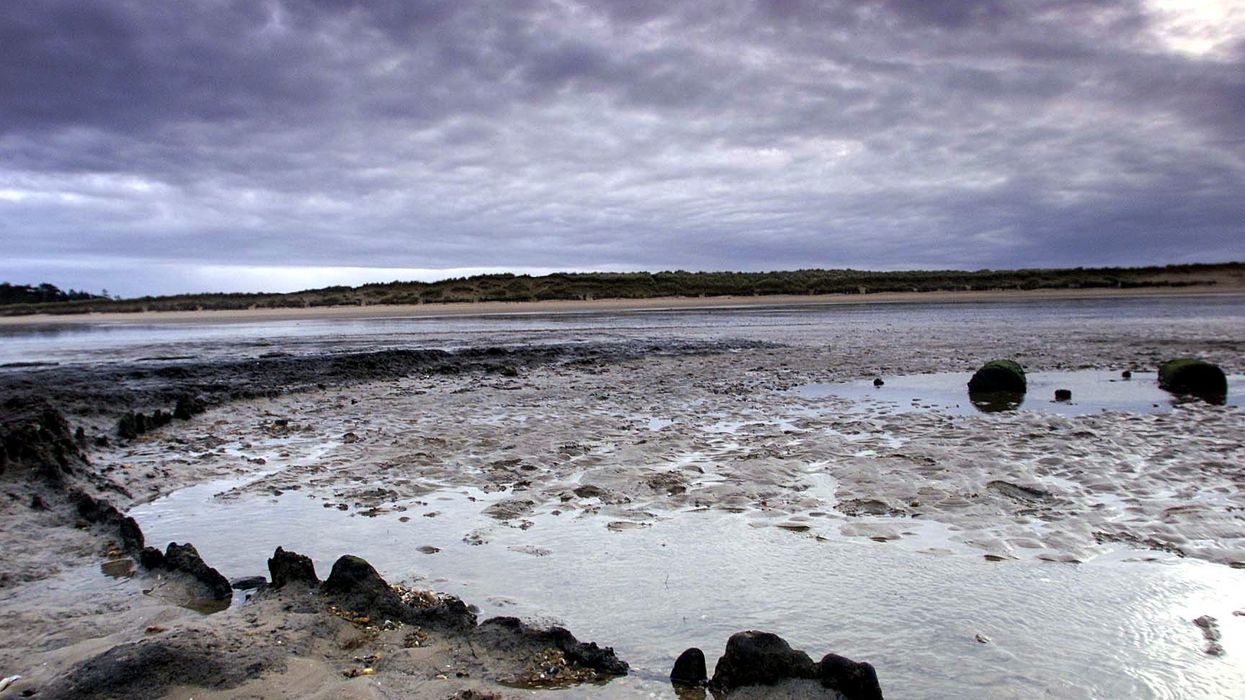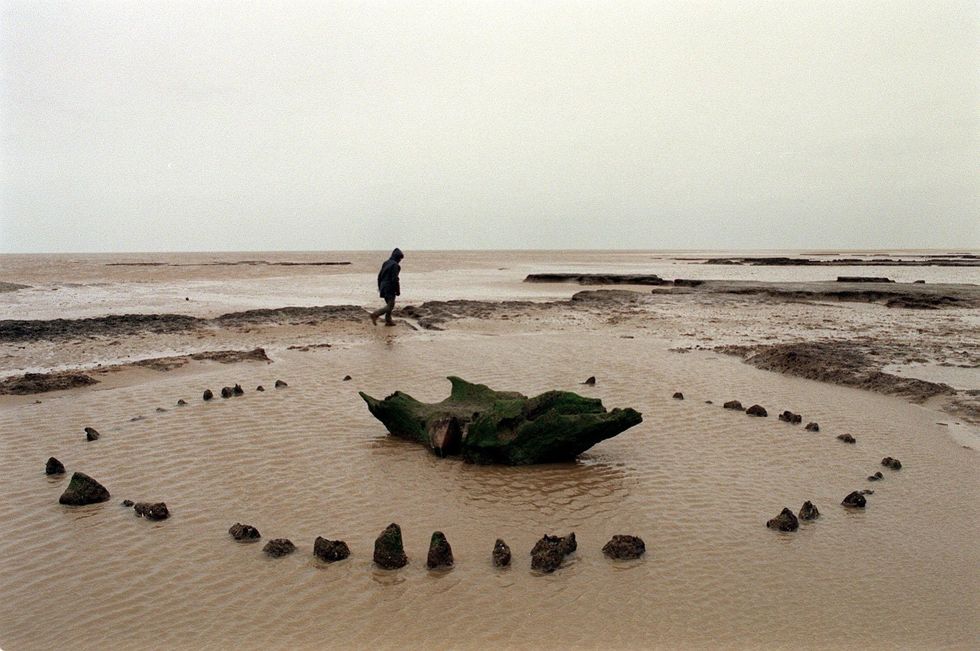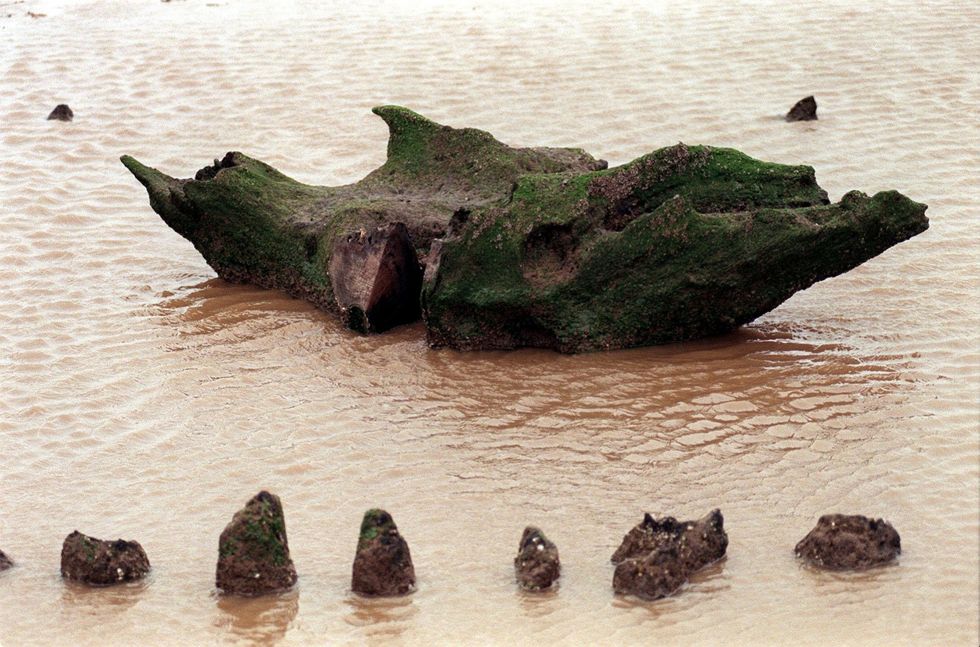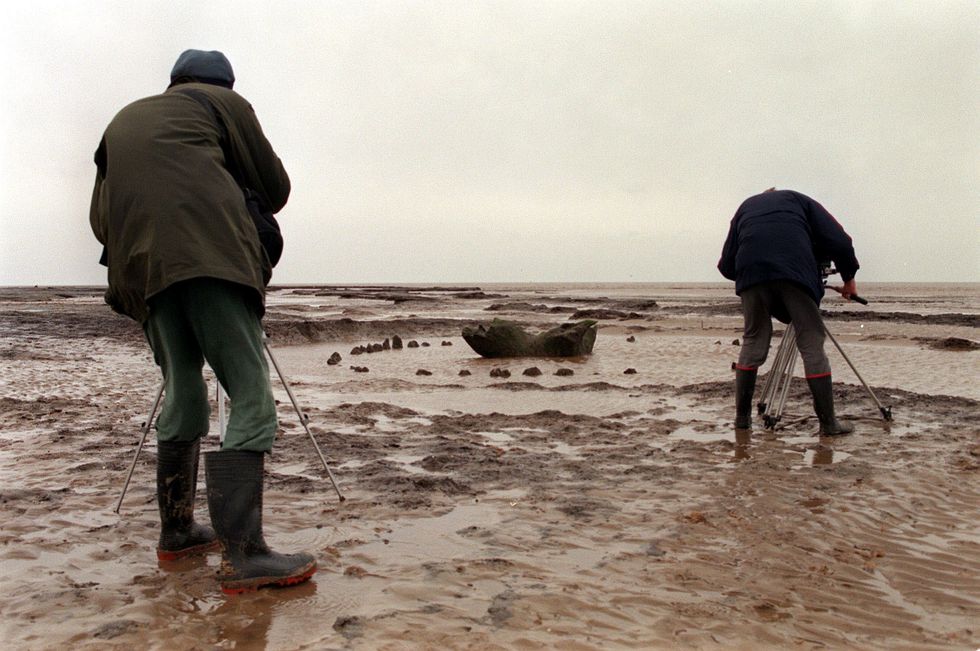Archaeology breakthrough as mystery behind 4,000-year-old ‘Seahenge’ finally revealed

Seahenge in Norfolk
|PA

The mysterious Norfolk structure has baffled historians and researchers for years
Don't Miss
Most Read
A new study has seemingly solved the mystery of a bizarre timber circle dating back 4,000 years.
The mysterious ancient structure, dubbed "Seahenge" was first revealed in 1998 by the shifting sands of Holme-next-the-sea beach on the north Norfolk coast.
The structure consists of an upturned tree stump surrounded by 55 closely fitted oak posts.
Now, new research has suggested the site was built after a period of extreme climate degradation at the close of the third millennium BC.

The site has baffled historians
|PA
Previous research had theorised that the structures may have been erected to mark the death of an individual.
Other theories suggested they were used for special sky burials in which the dead would be placed inside to be pecked and carried away by carrion-eating birds.
However, a new paper has put forward the idea that the Seahenge and an adjacent circle may have been constructed during a bitterly cold climatic period.
The structure was most likely used as a ritual to extend the summer and return to warmer weather.
LATEST DEVELOPMENTS

The upturned stump at the centre of Seahenge
|PA
Archaeologist David Nance from the University of Aberdeen said: "Dating of Seahenge timbers showed they were felled in spring, and it was considered most probable that these timbers were aligned with sunrise on the summer solstice.
"We know that the period in which they were constructed 4,000 years ago was a prolonged period of decreased atmospheric temperatures and severe winters and late springs placing these early coastal societies under stress."
Archaeologists suspect that the strange monument’s structure imitates the winter dwellings of the cuckoo remembered in folklore, a hollow tree or 'the bowers of the Otherworld' represented by the upturned oak stump at its centre.
Dr Nance added: "The ritual is remembered in the ‘myth of the pent cuckoo’ where an unfledged cuckoo was placed into a thorn bush and the bird was ‘walled-in’ to extend the summer but it always flew away,"

The first analysis of Seahenge in 1999
|PA
Dr Nance continued: "Evidence suggests that they were ritually sacrificed every eight years at Samhain (now Halloween) coincident with the eight-year cycle of Venus.
"Both monuments are best explained as having different functions and associated rituals, but with a common intent: to end the severely cold weather."










